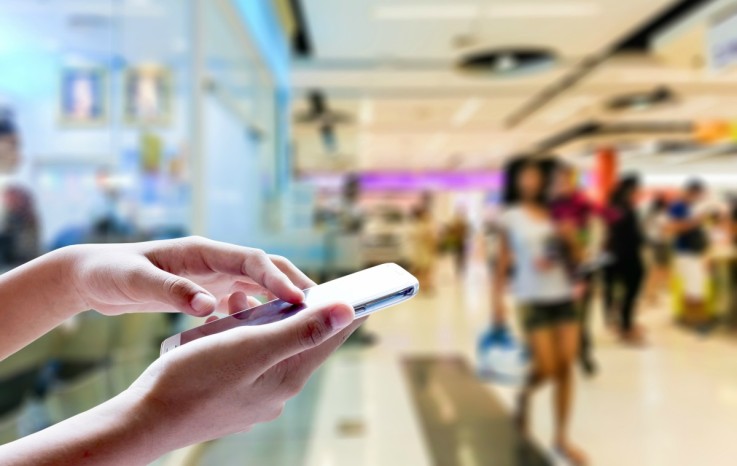Why it’s the strategy, not the tools, that determines retail success

Success comes from having the right strategy. Simply put, it’s about working out what customers actually want, then finding the right tools to deliver that. But with new technologies appearing and pressure on sales, some retailers are making the mistake of putting the tools before the strategy.
The thing is that while the way things are delivered to customer change, what they want stays the same. Customers want quality products at an affordable price delivered via a good experience. Focusing purely on tech means retailers aren’t using it to make people happier. It needs to be part of that strategy to deliver that perfect shopping experience.
Remove pain points
There are many examples of retailers using the same tools but to varying degrees of success dependent on their strategy. US fashion retailer Nordstrom is using a combination of app and beacons to link up the online and offline shopping experiences. The app keeps track of what’s in a customer’s shopping basket. When the customer passes by a Nordstrom store with a beacon installed, the app can let them know what the items in their basket are in store and in their size.
The app has been well reviewed by users. As well as creating a more joined-up shopping experience, it also helps remove some pain points for customers. For example a product may be in a customer’s basket because they decided not to go through with the purchase for a number of reasons. These could be concerns about delivery costs and timings, or the aesthetics of the item and its material. By creating a way to let customers know the product is available right where they are, Nordstrom has made it possible to fulfil possible missed sales. The company is using technology to help deliver a better customer experience as part of a wider strategy.
Scrap technology for the sake of it
By comparison the Regent Street app is an example of a tool for the sake of having one. Launched in 2014, it was the first mobile app for a shopping street in Europe. Over 100 stores along Regent Street were fitted with beacons ahead of the launch. The app is designed to push promotions and notifications via Bluetooth from brands to nearby customers.
It looks quite promising at the start with customers able to put in their preferences by selecting the stores and brands they’re interested in. In reality the promise of personalisation doesn’t materialise. Typically most of the offers are from brands that the customer isn’t interested in, while some chosen stores never seem to engage in any communication. The offers themselves are not very generous, such as a small discount on big ticket item, or not tailored to the customer. There’s also the question of how disruptive notifications from hundreds of stores could be for customers. And how difficult it is for one retailer to stand out among all these messages.
Make a difference to customers
Most importantly though, the Regent Street app doesn’t offer customers anything that they can’t get from elsewhere. Whether that’s following the brand on social media, or signing up to their newsletter, or just walking past and looking in the windows of the stores. There’s no incentive to interact with the app over the many other options for communication that are already a familiar part of shoppers’ lives.
The main issue of course could be that the app is the work of the Crown Estate, which owns Regent Street, as opposed to the retailers themselves. But if companies are going to be part of the project then the Regent Street app should fulfil some part of their strategy. As an isolated thing the app isn’t going to get the love it needs from retailers to make a difference to customers.
The best tool for the job
These are two sides of the same coin, similar technologies being implemented for different purposes, but they show how important it is to have a solid strategy first. Just because retailers can have an app, doesn’t mean they should. Just because they can have a sale, doesn’t mean they should. Just because they can use some other technology, doesn’t mean they should. Everything retailers do should contribute to the overall strategy.
The best way to achieve this is by mapping out the customer journey first. Retailers can then develop a strategy that delivers what the customer needs and find the best tool to fulfil each part. It also makes for a joined-up approach across in-store, online and mobile. Aligning with what the customer wants and their individual behaviour means the tools are doing the work for the retailer, not digging a hole for them to fall into.
Read more about mapping the customer journey in our interview with Green Room’s Mike Roberts.
Experience the best examples of tools contributing to profitable strategies by taking part in one of our London retail trend tours or New York retail safaris.







